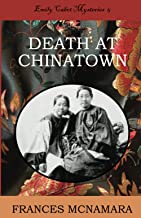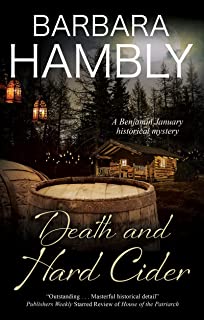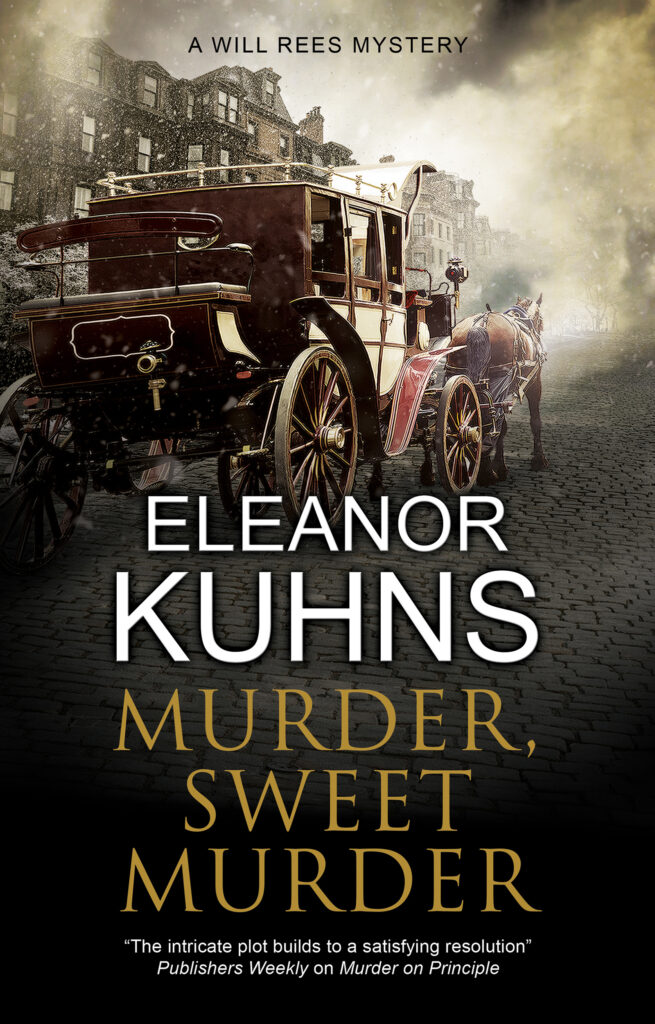We are so accustomed to money, the ease of using it and its ubiquity, that we forget that money as a concept had to be invented. And although money is thought to have been invented before 2000 B.C.E. in Babylon, the use of money in the United States was still not standardized in the Federalist Period (roughly late eighteenth century to early nineteenth.) Will Rees, my detective, uses French sous, Spanish pieces of eight (so called because it was formed into eight section that could be broken off), English pounds and more. The new United States created its own money in 1792 but it took many years for for the new money to become common enough for use.
Paper money was used first in China and was soon used by other countries as well. The problem with paper money is this; by itself it is worth nothing. It is not like a piece of gold or silver which at least has the intrinsic value of the metal. Paper money, therefore, is supposed to be back up by reserves of something that has value, such as gold. Otherwise, countries can print paper money to pay with, but the money is virtually worthless. This happened during the American Revolution when, as one point, the Continental dollar was worth only 1/40 of the face value printed on the bill.
The gold standard was officially adopted in the United States in 1900 and abandoned in 1971.
So, the question becomes, what did people use before money? Shells spring to mind. But the value has to be agreed upon by both parties. Imagine going to the grocery story and haggling over every single item in your cart. Barter then becomes the major factor. Even when using a valuable metal such as gold or precious gems, both sides of a transaction have to agree on how much value to assign to the items. Standards – how many grains of gold equals what – have been attempted do achieve uniformity so that all parties can agree on how much a dollar, or a Euro, or, in the past, a franc or a lira are worth.
As complicated as money can be (just try to price an American dollar against a British pound day by day), living without money would be a nightmare.








